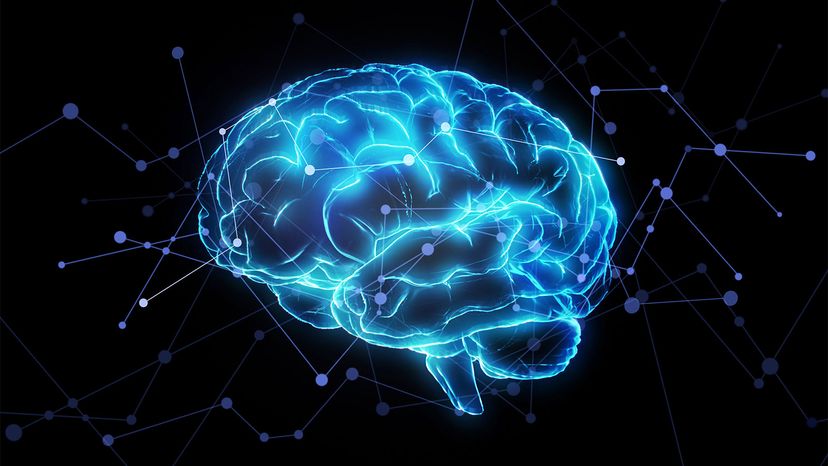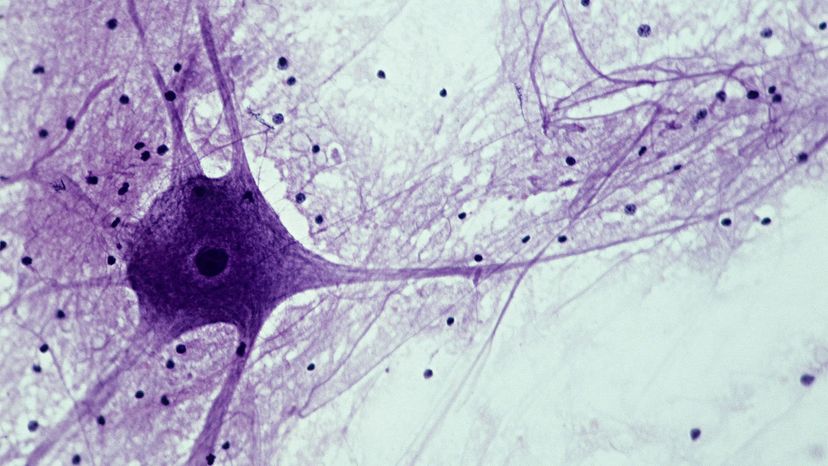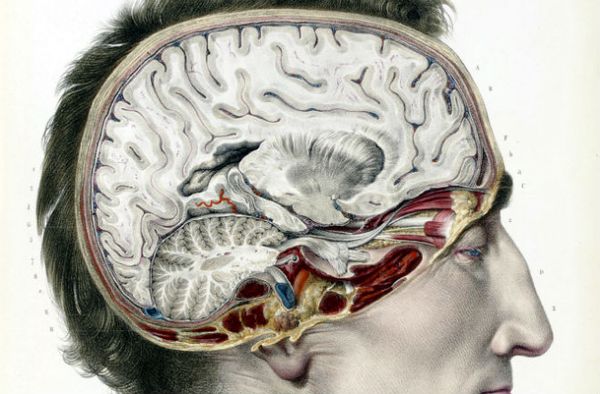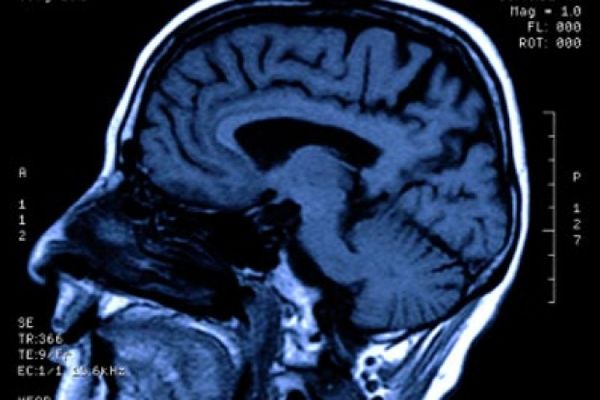
Who has not contemplated how a memory is formed, a sentence generated, a sunset appreciated, a creative act performed or a heinous crime committed?
The human brain is a three-pound organ that remains largely an enigma. But most people have heard of the brain's gray matter, which is needed for cognitive functions such as learning, remembering and reasoning.
Advertisement
More specifically, gray matter refers to regions throughout the brain where nerve cells — known as neurons — are concentrated. The region considered most important for cognition is the cerebral cortex, a thin layer of gray matter on the brain's surface.
But the other half of the brain — the white matter — is often overlooked. White matter lies below the cortex and also deeper in the brain. Wherever it is found, white matter connects neurons within the gray matter to each other.
I am a professor of neurology and psychiatry and the director of the behavioral neurology section at the University of Colorado Medical School. My work involves the evaluation, treatment and investigation of older adults with dementia and younger people with traumatic brain injury.
Finding out how these disorders affect the brain has motivated many years of my study. I believe that understanding white matter is perhaps a key to understanding these disorders. But so far, researchers have generally not given white matter the attention it deserves.
Advertisement



